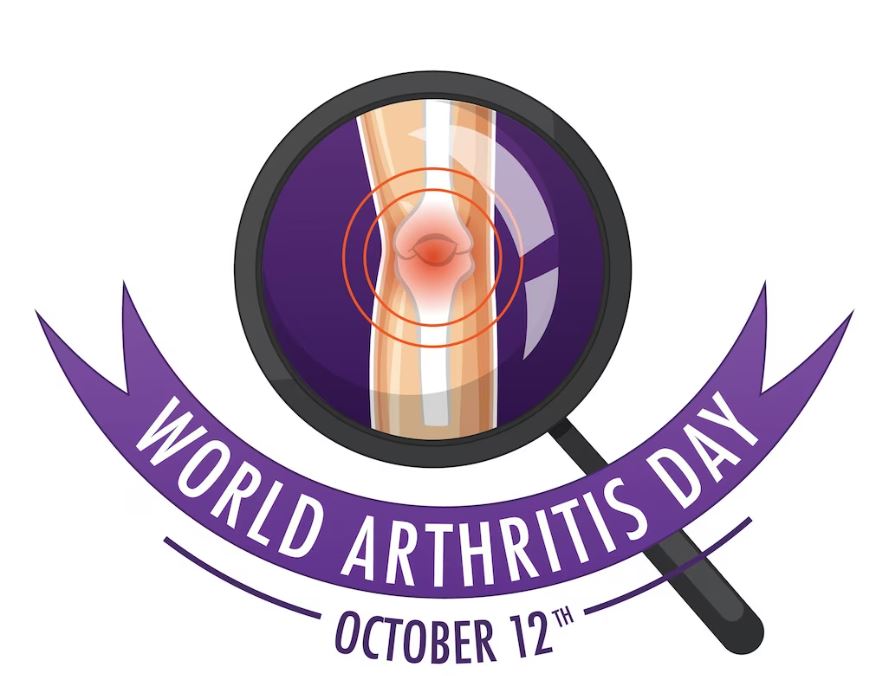
Introduction: Osteoarthritis ICD-10
Osteoarthritis is a prevalent and debilitating joint condition that affects millions worldwide. In the realm of healthcare, precise diagnosis and treatment of osteoarthritis are pivotal. However, behind the scenes, a vital tool plays a crucial role in this process – the ICD-10 code. In this blog, we will delve into the world of osteoarthritis and its ICD-10 code, shedding light on its significance and implications in the healthcare domain.
Section 1: What is Osteoarthritis?
Osteoarthritis, often referred to as OA, is a degenerative joint disease characterized by the breakdown of cartilage and the bones rubbing against each other, causing pain, stiffness, and reduced joint mobility. We’ll explore its origins, risk factors, and the necessity of a precise diagnosis to tailor effective treatments for patients suffering from this condition.
Section 2: What is ICD-10?
The International Classification of Diseases, 10th Edition (ICD-10) is a standardized system used globally for classifying and coding diseases, disorders, and other health conditions. In this section, we’ll elucidate the pivotal role ICD-10 plays in the medical world, particularly in medical coding and billing, and why its widespread adoption is crucial for efficient healthcare systems.
Section 3: Osteoarthritis ICD-10 Code
Now, let’s unveil the specific osteoarthritis ICD-10 code. We’ll dissect the code’s structure, explaining the significance of each component, and we’ll also explore any subcodes or variations relevant to different types or affected joint locations in osteoarthritis.
Section 4: The Importance of Accurate Coding
Why does accurate ICD-10 coding matter so much in osteoarthritis cases? This section will examine the far-reaching consequences of precise coding on patient care, insurance claims, and medical research. We’ll also touch on the potential chaos and complications that incorrect coding can introduce into the healthcare system.
Section 5: Coding Tips and Guidelines
For healthcare professionals, accurate coding can be a challenging task. Here, we’ll provide practical tips, official guidelines, and conventions for correctly coding osteoarthritis cases. We’ll also point out common coding pitfalls and offer advice on avoiding them.
Section 6: Real-Life Examples
To make the coding process more tangible, we’ll walk through real-life examples of how osteoarthritis cases might be coded using ICD-10. We’ll illustrate variations in coding for different scenarios or patient presentations, helping healthcare professionals better understand the application of ICD-10 codes in their daily practice.
Section 7: Ongoing Updates and Changes
In the ever-evolving field of medicine, coding systems are not stagnant. We’ll mention any updates or revisions to the ICD-10 coding system that are related to arthritis, emphasizing the importance of healthcare professionals staying current with coding changes to ensure the highest standard of care.

Right knee Osteoarthritis ICD 10
The ICD-10 code M17.11 specifically refers to right knee osteoarthritis. Let’s break down what this code signifies:
ICD-10 Code (M17.11): This is a standardized alphanumeric code used in healthcare to categorize and identify specific medical conditions.
This is a degenerative joint disease characterized by the gradual breakdown of cartilage in the joints. It commonly leads to symptoms such as joint pain, stiffness, and reduced mobility.
Right Knee: The code specifies that osteo arthritis is affecting the right knee joint. ICD-10 codes often include details about the location or type of condition to provide precise information for healthcare professionals and insurers.
The ICD-10 code “M17.11” is used by healthcare professionals to record and categorize cases of osteo arthritis, primarily in the right knee. This coding system helps in accurate record-keeping, billing, and research related to medical conditions.
Conclusion:
In conclusion, this blog has illuminated the critical relationship between osteoarthritis and its ICD-10 code. We’ve emphasized the significance of precise coding practices, from its impact on patient well-being to the efficient functioning of healthcare systems. As healthcare professionals, let us prioritize accurate ICD-10 coding and, by extension, improve the quality of care we provide to those in need.
